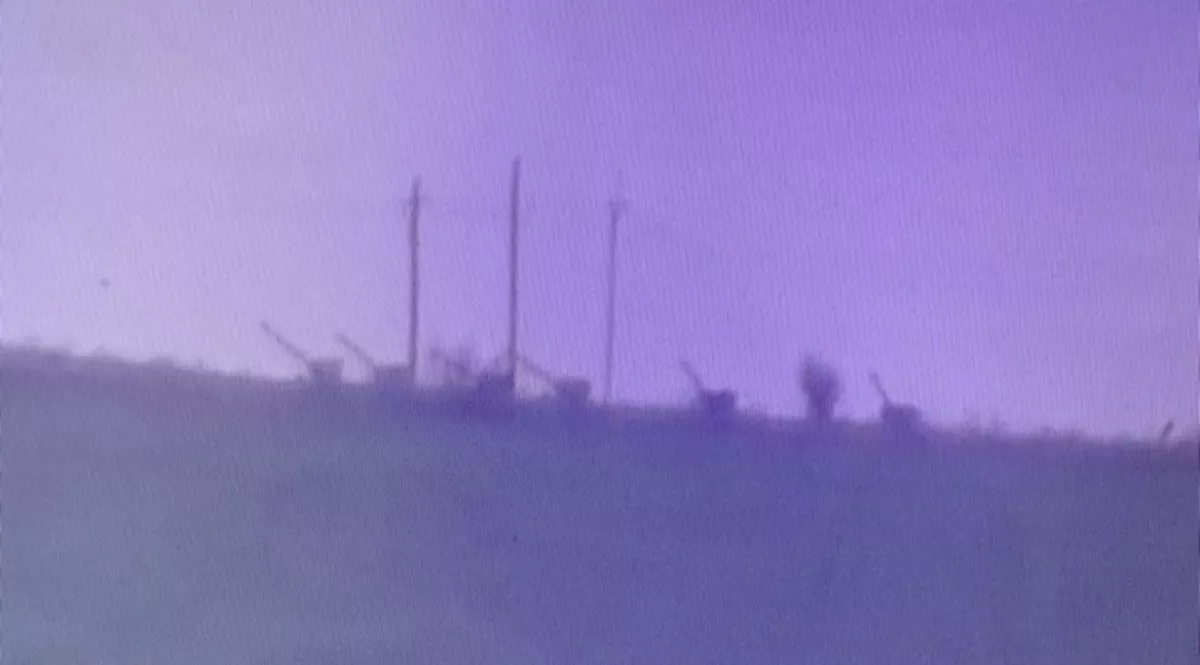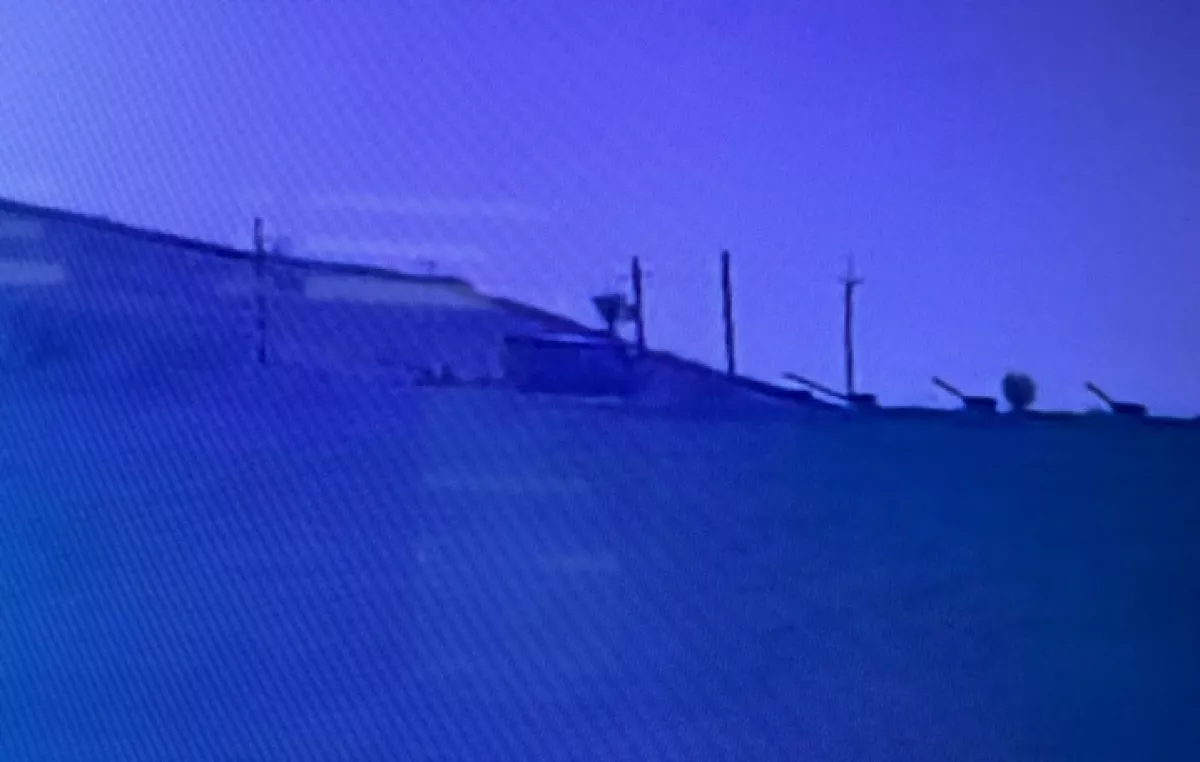Flashpoint: What is the real purpose behind Armenia’s recent border moves? Operational update / PHOTO / VIDEO
The events recorded on April 7, 2025, along the northwestern segment of the conditional border between Azerbaijan and Armenia clearly indicate that Yerevan has entered a new phase of tactical activity near Azerbaijani settlements. These actions are far from accidental—instead, they form part of a systematic pattern aimed at destabilising the situation and creating pockets of tension in the border area.
Now, let’s turn to the facts.
As Caliber.Az has learned, on April 7 in the late afternoon (at 18:15), activity by the Armenian side was recorded at one of the frontline positions near the village of Ikinji Shikhli in the Gazakh district, approximately 115 metres from the conditional border. Two servicemen were stationed at this post, one of whom deliberately aimed a large-calibre firearm in the direction of Azerbaijani territory. Although no shots were fired, the act was clearly demonstrative and provocative in nature.
Such actions are not a display of nervousness on the front line, nor are they sporadic improvisations. They are part of a well-constructed scheme of tactical pressure, where every move is calculated and the aim is to generate controlled tension. Armenia is relying on psychological tactics: the threat is evident, yet there is no formal violation. This model of behaviour allows Yerevan to craft a false narrative of "stability" while in reality undermining the situation. Each such gesture is a signal embedded within a broader strategy of gradually escalating tensions along the entire line of contact.
Of even greater concern is another episode recorded the same day near the village of Kamarli. Surveillance systems captured the deployment of 12 artillery pieces—122-mm D-30 howitzers—at a position of the Armenian Armed Forces located roughly 6 kilometres from the conditional border. While not the most modern systems, these artillery pieces remain fully capable firepower assets, capable of striking deep into Azerbaijani territory, including both military targets and civilian infrastructure. Crucially, the guns were aimed at objects located on Azerbaijani soil. This was not a matter of equipment storage or a routine rotation—this was a clear combat deployment, with the potential for immediate use.

The artillery systems in use are of Soviet design, long since integrated into Armenia’s arsenal of firepower. However, in this case, it is not the type of weaponry that draws attention, but rather the circumstances and location of their deployment. What matters far more is the timing and purpose behind moving howitzers into frontline positions within the border zone. In this context, it becomes evident that we are witnessing preparations for a provocation.
A logical question may arise here: why is Armenia deploying outdated artillery systems to frontline positions, rather than the modern weapons supplied by France and India? After all, as previously reported by Caliber.Az, Paris and New Delhi have recently stepped up efforts to arm Armenia with advanced military equipment. The answer, in essence, is straightforward. These older artillery pieces are well-understood, require minimal technical support, and are easy to operate. Their purpose is not to deliver precision strikes, but to maintain a constant presence and reinforce the visual perception of threat. Meanwhile, modern systems are likely held in reserve, further from the front line, designated for more specialised tasks.
Thus, a tactical duality is formed on the front: pressure is exerted through old but reliable equipment, while operational flexibility is maintained through new-generation weaponry positioned beyond immediate view.

However, both the Armenian leadership and its allies must understand: Azerbaijan is closely monitoring all enemy activity. Nothing goes unnoticed. Azerbaijan possesses the necessary reconnaissance capabilities. Intelligence data is thoroughly analysed—not only to record events, but to understand their underlying causes. We will not allow ourselves to be drawn into a scripted scenario, but neither will we leave any threat to our security unanswered, especially in regions where civilians reside.
The actions of the Azerbaijani Armed Forces have always been precise, measured, and proportionate. If the Armenian side resorts to direct provocation, it must know this: Baku is prepared to respond. Respond in a manner dictated by the situation—guided by law, grounded in facts, and backed by full military superiority.
There are no coincidences in military logistics. Aimed weapons, artillery deployments, synchronised manoeuvres—these are not spontaneous actions. They are preparations. And they have not gone unnoticed.








